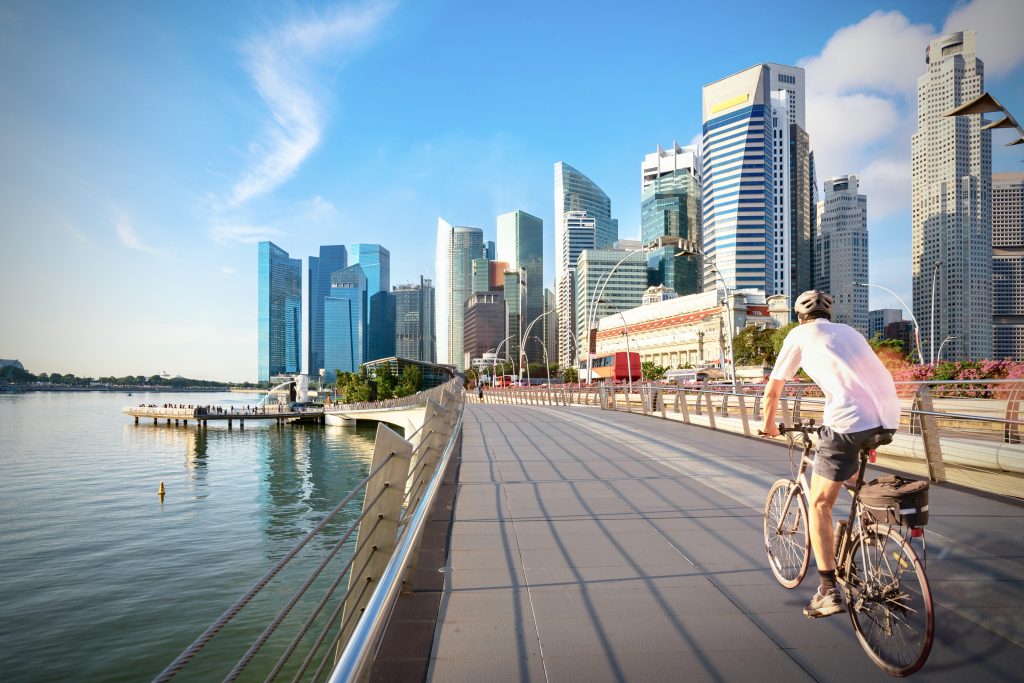
“I’m originally from the south of France and have lived overseas for over 15 years. After meeting my wife, Ischa, we decided to base ourselves in her home city of Sydney with our daughter, Milane, and son, Bastiaan.
My love for cycling began back in Sydney, a city that initially posed a tough transition for me as an expat. While it’s an amazing place, the high cost of living, the need for a car to get around, and the overwhelming traffic were challenging. I also found it difficult to make friends, as the city is quite spread out. Although I was exposed to work colleagues and other parents, I preferred smaller, more intimate interactions centred around a shared interest.
When Ischa bought me a road bike for my birthday, it reminded me of how much I’d enjoyed cycling in the past. Eventually, I started cycling to work from Sydney’s Little Bay to the CBD. It helped me reduce my commute time, avoid public transport, and stay active without having to hit the gym.

Game changer
Joining a cycling group in Sydney was slightly intimidating for me as I’m naturally introverted. However, Ischa discovered BarCycle on Facebook (facebook.com/BarcycleAustralia), and one of the members invited me for a ride. It was a game changer. Signing up not only enhanced my rides but also introduced me to a community that offered social connections with both locals and other expats.
Riding with BarCycle not only improved my fitness and resilience but also boosted my social skills, which was important for someone who tends to be a bit shy. There’s something I appreciate about simply cycling and chatting, rather than sitting in a café and talking.
Long rides, like a six-day trip from Sydney to Byron Bay, tested my physical, mental, and emotional endurance. Looking back, it was one of the highlights of my time as an expat in Sydney, and I’m still in touch with many people from that trip today. The pandemic underscored the importance of community more than ever. Riding through a car-free Sydney during lockdowns with the group lifted my spirits and offered a different perspective of the city – exploring by bike revealed hidden gems I’d never have found otherwise.
The sense of family that came with BarCycle was new to me and deeply impactful. So, when we moved to Singapore in 2021, I was determined to find a cycling community that could offer the same feeling of unity and friendship. Within our first few weeks of arriving, I sought out clubs and joined ANZA Cycling through our ANZA membership.

Sense of belonging
The atmosphere within ANZA Cycling differs from that of BarCycle, with a team effort in leadership, but the spirit and the positive rewards remain just as strong. As an expat bunch, we share a common bond, often meeting people from similar backgrounds or with shared experiences. Sometimes acting as a Ride Captain on Saturdays, I’ve seen how valuable support is for newcomers to a country. Transitioning to a new home takes time and the adjustment can impact your health. Regular rides promote physical fitness and mental wellbeing, providing an outlet to stay active and reduce anxiety, especially during a period of change.
While there is a mix of males and females within ANZA Cycling, I notice that men find it helpful to have a space in which to bond and share stories. Ischa has a lot of different social circles she taps into when we move countries, but as I have less time and am less comfortable with new people, heading out on a bike offers camaraderie with less effort. As the largest expat cycling group in Singapore, ANZA Cycling is perfect for those seeking a sense of belonging. It offers an opportunity to meet not just other expats, but also locals which helps us to integrate into Singaporean culture – everyone agrees this adds a unique dimension. Together we explore the city, including Singapore’s lesser-known countryside, discovering new places and getting familiar with the local geography.
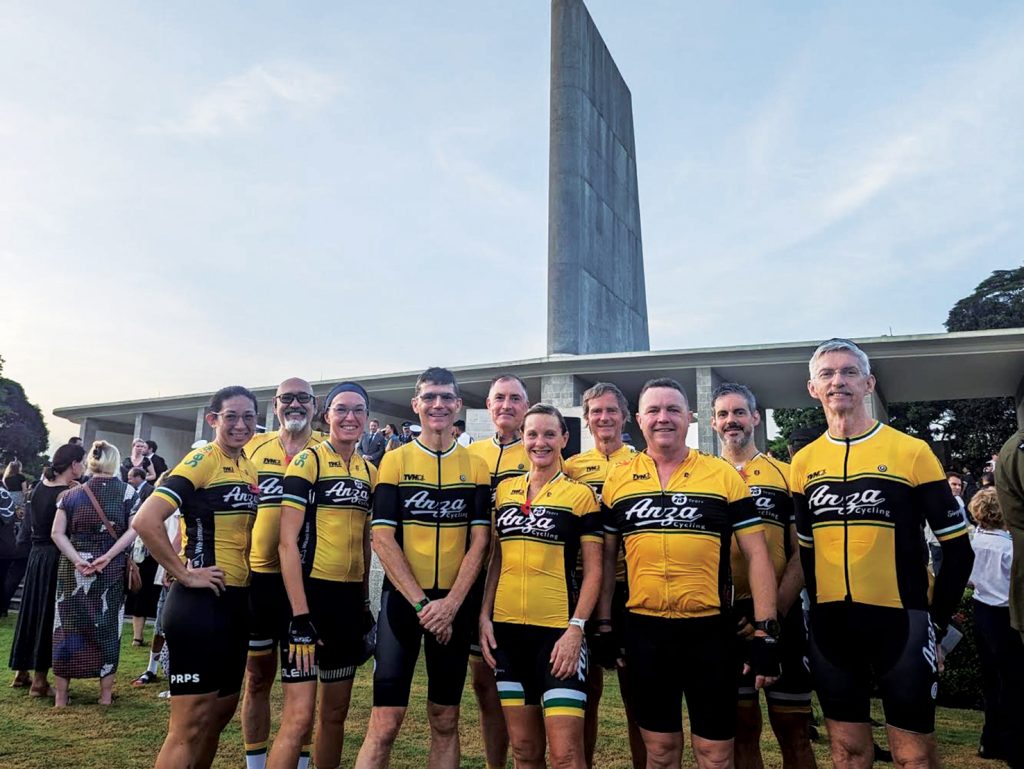
Support system
Cycling clubs offer an automatic support system of like-minded individuals, fostering a sense of belonging and camaraderie. I like that you get a good mix of teamwork and personal achievement. It can be competitive, but mainly it’s collaborative. Sharing tips, supporting each other on challenging rides, and just enjoying the journey together makes the group incredibly enriching. Not to mention the fun of the post-ride coffee sessions, where discussions about outfits, accessories, food and travel provide some great life hacks in general.
Cycling offers a unique blend of solitude and social interaction unlike other sporting activities. Some days I just want time out, to clear my head or process life with no pressure to talk. When I don’t ride for a few weeks because of travel or sickness, I notice a drop in my energy and I’m more easily frustrated. I’m also restless, so cycling helps my energy to recharge. For me, it goes beyond exercise; it’s uplifting and grounding at the same time.
My bike has been a lifeline for me as an expat in Singapore, Australia, and beyond. Joining ANZA Cycling made my transition to the Lion City smoother and more enjoyable, and I’m grateful for the community and friendship it continues to provide. My advice to those looking for more human connection in life – as an expat or otherwise – is to consider getting out and about with others on two wheels. It might just change your life.”
Discover more about ANZA Cycling at anza.org.sg/sports/cycling


 A radiant smile is not just a reflection of beauty but a key to unlocking confidence. Dental veneers are one of the most popular and effective ways to achieve a flawless smile. These thin, custom-made shells can address various dental imperfections, offering a transformative solution for stained, chipped, or misaligned teeth. In this article, we explore everything you need to know about dental veneers, from their benefits and procedures to the costs involved in Singapore.
A radiant smile is not just a reflection of beauty but a key to unlocking confidence. Dental veneers are one of the most popular and effective ways to achieve a flawless smile. These thin, custom-made shells can address various dental imperfections, offering a transformative solution for stained, chipped, or misaligned teeth. In this article, we explore everything you need to know about dental veneers, from their benefits and procedures to the costs involved in Singapore. Procedure for Placing Dental Veneers
Procedure for Placing Dental Veneers

 Contact PURE NZ Dental today to to find out how veneers can transform your smile and improve your life.
Contact PURE NZ Dental today to to find out how veneers can transform your smile and improve your life. Where are we going?
Where are we going? Stroll Through Little India
Stroll Through Little India Dive into the Indian Heritage Centre’s Deepavali Celebrations
Dive into the Indian Heritage Centre’s Deepavali Celebrations Shop at the Deepavali Festival Village
Shop at the Deepavali Festival Village Enjoy Community Celebrations at the Sports Hub
Enjoy Community Celebrations at the Sports Hub
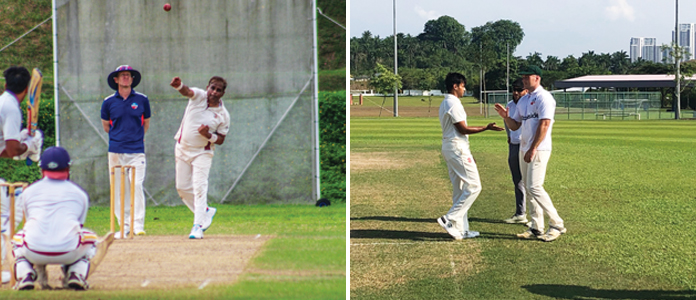
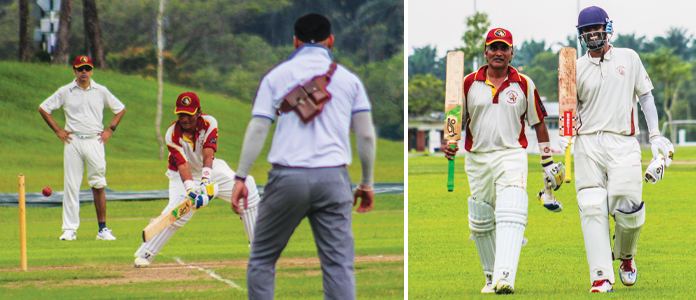





 One of the most important and challenging decisions faced by expats moving to a new country is whether they will buy or rent a house. It’s a decision that requires substantial financial implications, lifestyle considerations, and long-term preparations. It ultimately depends on individual circumstances and preferences as each option has its pros and cons. Read on as we help expats to find meaningful reasons to come up with a decision to rent or buy a home in their new country of residence.
One of the most important and challenging decisions faced by expats moving to a new country is whether they will buy or rent a house. It’s a decision that requires substantial financial implications, lifestyle considerations, and long-term preparations. It ultimately depends on individual circumstances and preferences as each option has its pros and cons. Read on as we help expats to find meaningful reasons to come up with a decision to rent or buy a home in their new country of residence. Certain subjects can lead to strained conversations: money, politics, who invented Fish ‘n’ Chips and, of course, death. For Singaporean Tan Ming Li, death was a “taboo topic” she grew up with. However, personal loss has shaped her path to try to demystify death and foster open conversations about grief.
Certain subjects can lead to strained conversations: money, politics, who invented Fish ‘n’ Chips and, of course, death. For Singaporean Tan Ming Li, death was a “taboo topic” she grew up with. However, personal loss has shaped her path to try to demystify death and foster open conversations about grief.
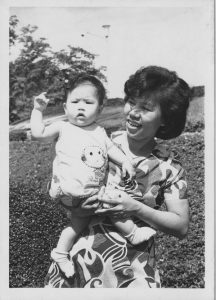
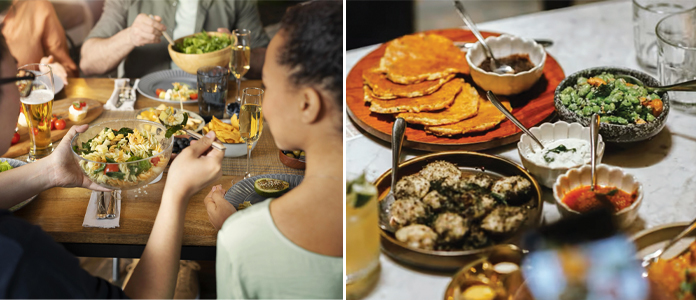



 Every year on 18 October, World Menopause Day is observed, a powerful reminder of the importance of raising awareness about menopause and the support available for women navigating this natural phase of life
Every year on 18 October, World Menopause Day is observed, a powerful reminder of the importance of raising awareness about menopause and the support available for women navigating this natural phase of life Lifestyle Changes
Lifestyle Changes This article is written by
This article is written by 
